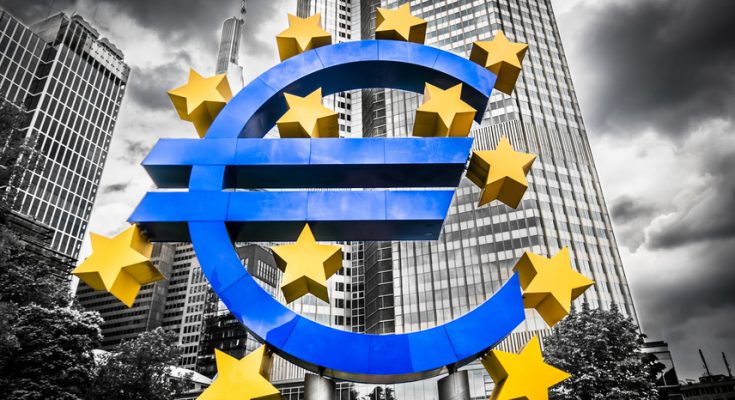- The EUR/USD is trading at the ever-familiar 1.1600 handle once again.
- German inflation is eyed ahead of a hectic week in the US.
- The technical picture is mixed with the pair sticking to the middle of the wedge.
The EUR/USD is trading in the mid 1.1600s, marginally higher on the day but not going anywhere fast. Markets are digesting the US GDP report from Friday. The world’s largest economy reported an annualized growth rate of 4.1% in the second quarter, the fastest pace in four years. Nevertheless, the US Dollar dropped on the news. Expectations had been pushed higher by reports from the White House about an even higher level of growth.
US President Donald Trump and his Treasury Secretary Steven Mnuchin expected these higher levels of growth to be sustained for several years. These rosy views are not shared by the majority of economists who see Q2 as the exception, not the norm. Nevertheless, the recent rapid rate of growth will likely be reflected in the Fed’s decision later this week.
The central bank is unlikely to raise rates but will probably lay the ground for another increase in the September meeting. The FOMC is only one of several significant publications. Another significant event that stands out is the Non-Farm Payrolls report on Friday, where wages remain central.
In the euro-zone, the common currency seems to have recovered from the dovish stance by the European Central Bank. ECB President Mario Draghi clarified that the pledge to keep rates at low levels extends through September 2019 and not earlier as some had speculated. As Draghi noted, a lot depends on the data.
The primary event on Monday is inflation data from Germany. The continent’s largest economy is projected to report an annual price increase of 2.1% in the HICP measure, the European standard. Earlier, Spain reported 2.3%, slightly below expectations. The data feeds into the euro-zone CPI measure published tomorrow.
All in all, the euro-zone is looking weaker than the US, and central banks respond accordingly. However, this is not news. Moreover, with only a few critical indicators today, there is not much to move the pair, especially as markets await more significant events down the road.
Trade wars have been put on hold for now. The successful meeting between Trump and EU Commission President Jean-Claude Juncker resulted in a truce: negotiations to lower tariffs and no new tariffs during the talks. Trump may change his mind later on.
EUR/USD Technical Analysis
The EUR/USD continues trading within a narrowing wedge marked with black lines on the chart. The last encounter with the triangle’s limits was to the upside, and the pair fell back to the middle. Other indicators are not that decisive either: Momentum is almost non-existent, the Relative Strength Index is balanced around 50 on the 4-hour chart, and the 50 and 200 Simple Moving Averages are hugging the pair.
According to technical analysis textbooks, a narrowing wedge eventually forces the currency pair to make a choice. And when that happens, the move is sharp, with the accumulated energy bursting.
1.1680 capped the EUR/USD in mid-July and holds the pair down today, at least for now. Further up, 1.1720 was a swing high in late July and also in mid-June. 1.1750 limited the pair around mid-July and a second attempt to reach it failed. 1.1795 was the swing high in mid-July, and far above, 1.1850 capped the euro/dollar in mid-June.
On the downside, we find 1.1620 as last week’s low, 1.1575 as the trough in the previous week and 1.1508 as the lowest level this year.
More: EUR/USD Forecast: Fed´s meeting and Nonfarm Payrolls, two for the price of one




